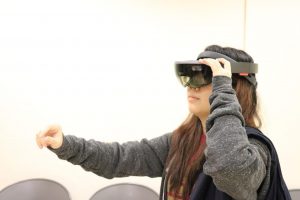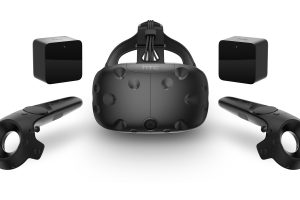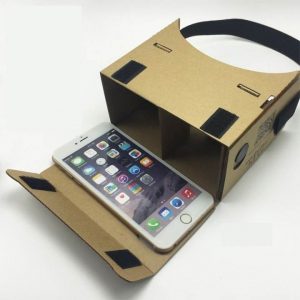If I was a rich girl, na-na-na-na-na-na-na-na-na-na-na-na… I would prefer the Hololens for Mixed Reality and HTC Vive for Virtual Reality.
My preference is mostly affected by my experience, because these are the only two high end headsets I’ve tried (once on the Hololens, and multiple times on the HTC Vive), and Ive been wowed by the experiences.

[Me trying the Hololens]
The HTC Vive and Hololens have competitive specs in their respective VR and MR markets, as many others have pointed out. These two also fare well when it comes to developer support. Here’s the Hololens forum and the HTC Vive developer community.

When it comes to developing applications for the Hololens and HTC Vive, there are enough materials online and open platforms to begin development. Hololens is listed as a supported headset in Unity’s Mixed Reality Toolkit and for the official document in unity they have a section specifically for the HTC Vive.
No matter how much XR may distort reality, reality still holds that many of these XR gears are too expensive for the ordinary student. The Hololens easily cost over $3000 the Vive over $1000! Fortunately, one can dabble with XR while on a budget.
Budget VR
Introducing…the VR googles: Google cardboard, free shipping to Singapore, for less then SGD$4!

This simple cardboard cutout can turn your Android phone into a neat virtual reality headset. The glasses creates a 3D effect when viewing split screen images like this:

Many such videos can be found on youtube. On the google cardboard app, there are many sample VR worlds that responds according to your phone’s orientation, and coupled with a 3D screen, emulates the VR experience well. There is a little magnet at the side, that acts like a button, so you may interact with your phone’s screen while your phone is tucked in the Google Cardboard. How this works is it sends signals to the phone using the phone’s magnetometer, which is usually used for compass functions.
Budget AR
If your mobile device has a camera, accelerometers, gyroscope and 3D rendering capabilities, you can run and develop full fledged AR applications on you mobile device. For example try AR.js on Github. It works well on my Xiao Mi 5S.
Budget MR, in the future maybe?
Unfortunately, devices like the Hololens have set a high benchmark for what it means to be considered MR. To achieve MR, the virtual objects have to respond to the real world often in a realistic way. For example, the menu, a virtual object of the Hololens fixes itself nicely on a real world wall.

When you move away from the wall, the menu should appear to shrink, as if it were fixed in that spot (Accurate spatial mapping). You can also move and interact with this virtual menu, with hand gestures, without needing a controller.

Through the Hololens, you can pick virtual objects up and move them around, with just your hands. These amazing and advanced features defining MR currently can only be achieved with expensive equipment. Hopefully in the future there will exist a budget solution to achieve MR.
